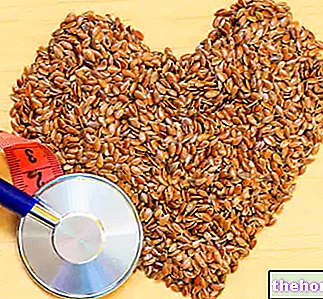The term dermatitis is rather generic; it can indeed be attributed to a wide range of dermatological complications.

Dermatitis typically presents with: dryness, peeling, cracking, swelling of the skin, redness, itching, recurrent rashes (blisters), scabs, bleeding, and sometimes discoloration (caused by healed lesions).
Atopic one is also known as eczema; however, dermatitis tends to be an acute disorder, while eczema represents a particularly chronic discomfort.
The causes of dermatitis are unclear; it is assumed that (especially in chronic forms) dietary factors and autoimmune reactions are involved.
The treatment of dermatitis is pharmacological, consisting of moisturizing and / or steroid creams. If ineffective, they can be replaced by calcineurin inhibitor products.
Dermatitis affects 3.5% of the world population. While not dangerous, it correlates with many other serious conditions, including: osteoporosis, depression and heart disease.
very heterogeneous.
Diet, like other risk factors, plays a different role depending on the specific case.
















.jpg)











